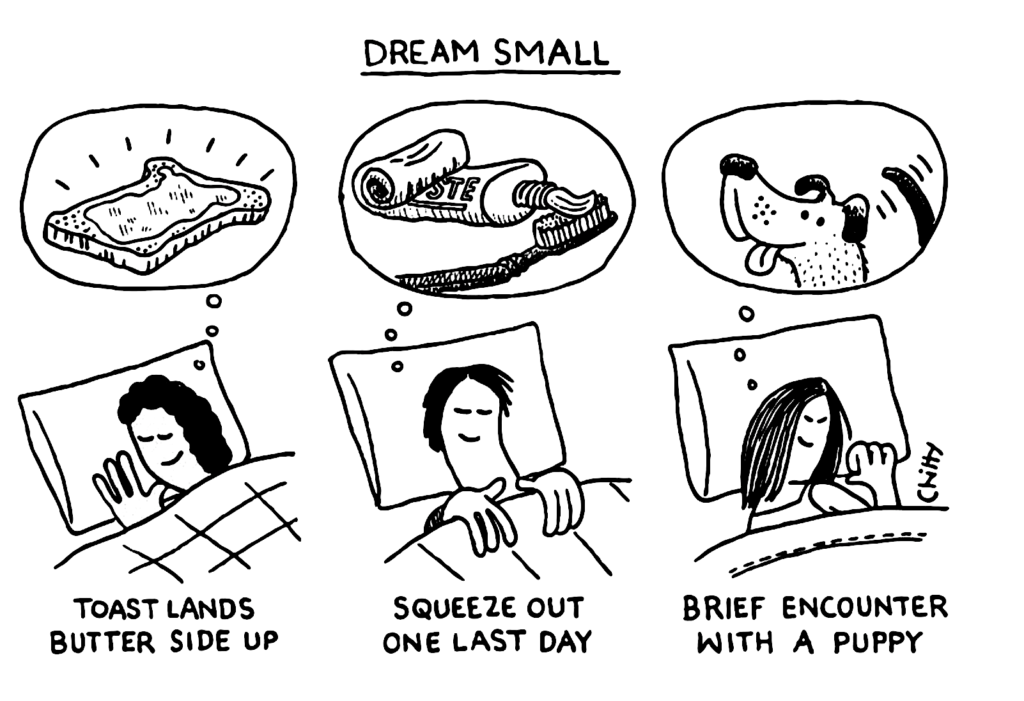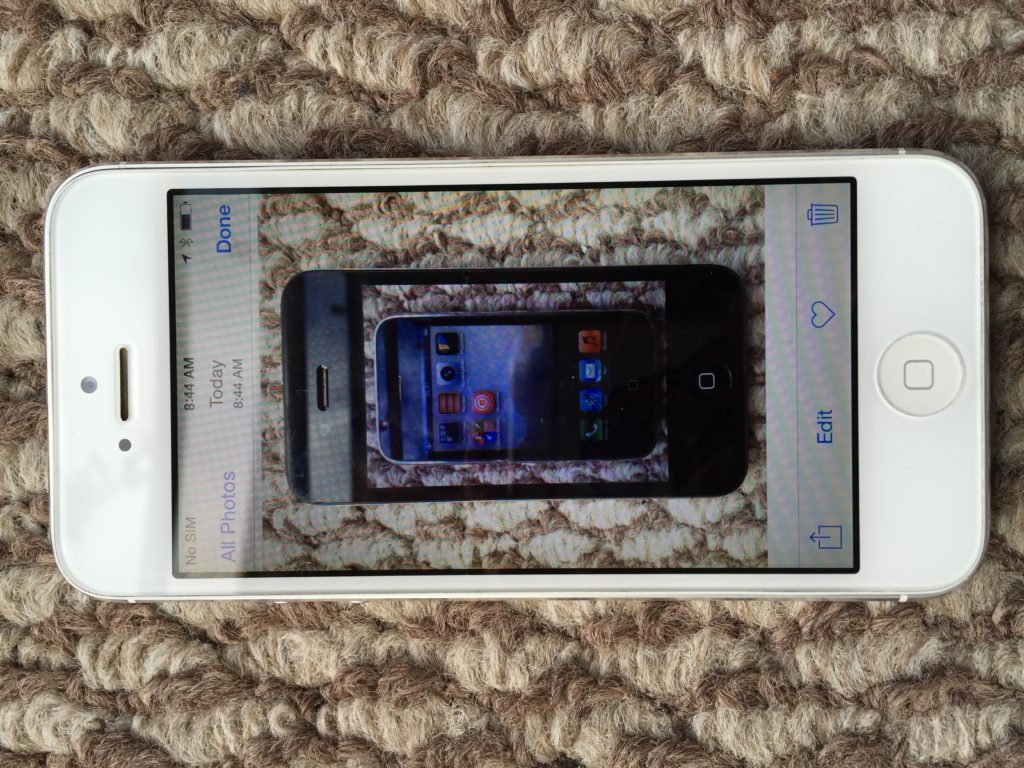Recently, I bought a phone for my family visiting, because roaming costs are so incredibly high for no good reason, and because it becomes hard to navigate the world without the internet (booking, GPS, etc.) I bought at $99, and paid a $50 data plan from Verizon (good deal given that the phone the MSRP is $249, that it’s a very decent phone, and that you can use it anywhere with any carrier — it has GSM, CDMA and everything you need.)
On the back of the box, it was mentioned that the phone could be unlocked after $50 had been made. I had just bought $50 of credit for 1 month of 4G with Verizon.When my parents left, I tried to unlock it. It was a bit confusing, but it did work!To accomplish this feat, very little help was provided, and the a google search makes it even more confusing. Sure, there was the link provided on the box, but it wasn’t very helpful.When I first tried to call Verizon (by dialing *611; you can also dial xxx on a different phone), I couldn’t navigate the menu, and everything is recorded voice so gosh I couldn’t unlock it. After many unsuccessful attempt to crack the numbered menu maze, I finally figured out that all I needed to do from the very first welcome message was to say “Talk to a representative.” It worked even with my lousy French accent. I was then able to… speak to a representative, explain the case, and the rep was very helpful, gave me the sim unlock code, replete the instruction on how to get to the sim unlock menu. And there I had a new phone!Even though this is not the perfect phone, it is indeed an improvement from my phone who had been sluggish for quite a while now. I’ve been trying to find a good alternative for my iPhone 6 non-plus, but nowadays all the phones are gigantic, and I hate this: I bought an iPhone XR, but returned it after a week because it didn’t fit my pocket.
iPhone 6 slows down
When it came out, I bought an iPhone 6 (after I won a prize for best research at a conference, quite convenient), and I have been very happy with it for about three years, until it started to become very slow, around the time iPhone X came out (surprise.) I’ve had similar experience with pretty much every iPhone I owned before (iPhone 3GS, iPhone 4), which became almost unusable soon after the newest generation came out — and the software upgrades you can’t dismiss forever.
There’s been a debate on programmed obsolescence for a while, and software upgrades is how the devil implements it. While Apple vehemently denied any wrongdoing for a long, long time (it’s surprisingly hard for people to document it a coalesce to a response from users that would counter the “it’s all in your head” arguments of the big companies), they finally got busted when the batterygate scandal came out, where Apple revealed they were intentionally throttling the speed of their phone under the pretense of optimizing performances for old batteries. After the public outcry, Apple offered to lower the battery replacement cost from $79 to $29.
Of course I did, and before doing so I run a few benchmarks. With the OS that was installed before the throttling scandal, my phone had a score of 853, and the update provided after the scandal saw the performances just by 50% to 1288. A month later, when they received my battery, the performance score had lowered mysteriously to 814, but then doubled after the battery replacement.While the phone became much more usable, it was still quite a bit more sluggish than when I bought it — but ok. Eventually, I believe the performances continued to decrease until I gave up.
It is noteworthy that after the scandal, about 10 million battery were replaced (compared to the 1 million replaced usually). If you consider that these are phones not replaced, you could extrapolate (a lot!) and realize that it might explain why the AAPL stock tanked 12% in December 2018, after they announced… sluggish sales (10M x $1000, that’s about $10B in lost sales, that’s significant…)

